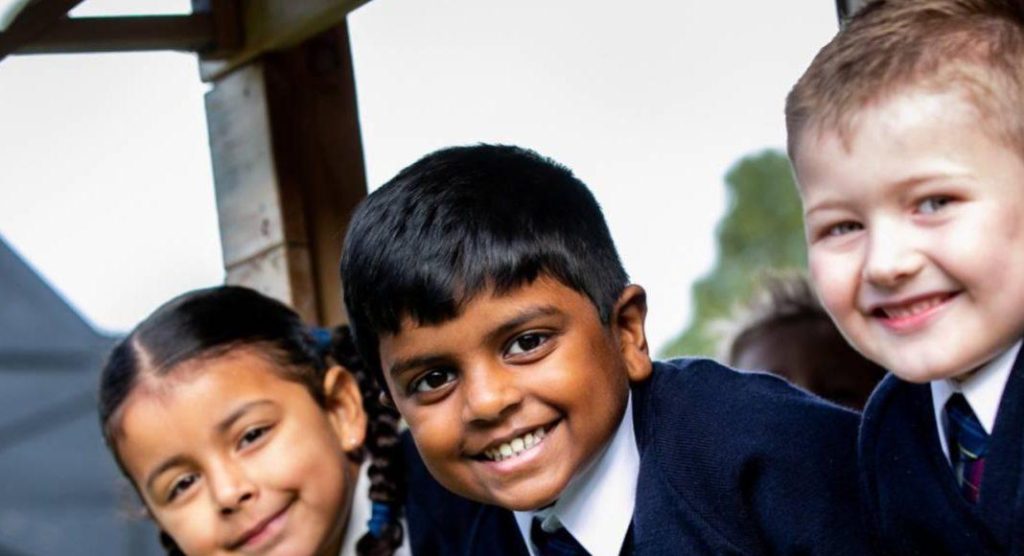Returning to ‘Normal’ after COVID-19
Everybody has different feelings about going back to ‘normal.'
My perception is that about one half of parents are ready and most are eager for the return; the remainder aren’t quite ready or they are uncertain. Interestingly, my impression is that most students are ready and eager to return to school.
It’s normal to be excited to get back to normal and to feel stressed or anxious about it. If you need support, please talk with your child’s teacher, Wellbeing Mentor or Head of House.
There are many reasons why going back to normal might be anxiety-provoking for your child. Here are some of the main concerns and feelings that young people may have:
- Grief/loss over changes in lifestyle
- 'Normal’ won’t be the same as before COVID-19
- A return to pre-COVID-19 stresses, like school bullying
- Life was better in isolation, eg more time with family
- Feeling safe at home and unsafe/out-of-control in public
- Fear of further outbreaks of COVID-19.
Supporting a worried child
It’s very normal for children and young people to experience some re-entry anxiety following periods of disruption to usual schooling. The important thing is to manage that worry, and not to expect to eliminate concerns. Here are some things that can help:
- Be curious. Ask open questions and actively listen to understand more about your child’s thoughts and feelings. Help them clarify their thinking and feeling: “So you’re saying that ….” or “Does this mean that ….?”
- Normalise and validate their feelings. Let them know that what they are feeling is normal, other people feel the same way, and that there is nothing wrong with their feelings.
- Explore the positives. Even if they are worried about returning to school, there may be some things they are looking forward to. Stress that the teachers and school can, and will, manage the resumption of normal school.
- Problem solve with them. Ask what would help manage these worries, or what others do to help them manage these concerns.
- Help children and young people limit exposure to media. If they are younger, this might include reducing their exposure to the news. If they are older, it might be helping them to critically think about media messages that they are exposed to, or ensuring they are accessing reputable news sources.
- Get back into school schedules, such as wake and sleep times. Reduce leisure time on electronic devices and set up schedules for homework, meal times and sporting and other extra-curricular activities.
- Create a plan around transitioning. Planning can help alleviate some anxiety, especially fear of the unknown. Having a plan for the first day of school can help. Make sure the basics, such as uniform, lunch box, school materials and a charged laptop charged are organised well before the return to school. Put the plan in their room or on display in living areas or the kitchen.
- Take small steps to re-integrate into usual activities like sports, shopping and visiting friends. Some fears can be alleviated with small, controlled exposures. A great first step might be a quick trip to the supermarket, or organising for your child to meet with one friend in a park.
- Refer children and young people to support websites, such as Kids Helpline or Smiling Minds for younger children or ReachOut or Beyond Blue for older children and teens.
So, when do I start to worry?
Research into psychological impacts of health anxiety, quarantine and isolation has found that a range of short-term emotional changes are normal, including confusion, anger, anxiety and depression.
Some short-term behaviour change is also normal. This includes sleep difficulty, tiredness, irritability or avoidance, like avoiding crowded places.
If you are concerned that your child is more distressed than expected, is taking longer to recover, or is struggling to cope, it’s important to discuss this with the pastoral care support services in the School.
Mr Alan Clarke
School Psychologist

 1656
1656








